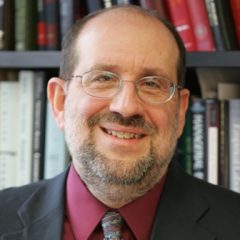(p. D3) Off the western shores of Central and South America, there is a Lovecraftian, lava-licked realm thousands of feet beneath the ocean. There, on the seafloor, volcanically powered exhaust ports known as hydrothermal vents fire off jets of water that reach temperatures of up to 700 degrees Fahrenheit. While the surfaces and peripheries of these vents have long been known to host a diverse mosaic of life, scientists had never known animals to find a home beneath these hellish geysers.
But that changed in July [2023] when a diving robot overturned volcanic bedrock pockmarked with hydrothermal vents and revealed an explosion of animal life — including an abundance of tubeworms, bizarre creatures that resemble sentient spaghetti.
“This is the first time that animal life was found below the surface” of hydrothermal vents, said Monika Bright, an ecologist at the University of Vienna and lead scientist on the expedition.
. . .
Much about these unusual habitats is a mystery. But, like many revelations found at the bottom of the sea, this discovery once again pushes the boundaries of what scientists consider possible — perhaps even normal — for life on Earth.
Hydrothermal vents, first discovered off the Galápagos Islands, are Dalí-esque chimneys and chasms that often grow atop or close to midoceanic ridges — vast volcanic fissures in the seafloor made by the divergence of two tectonic plates. Deep below, the magmatic heat roasts percolating seawater, which jets back out into the water column as superheated, mineral-rich soups.
Despite their extreme natures, these vents are metropolises of strange critters. Common among them are tubeworms, which start life as free-swimming larvae before becoming immobile adults that grow to several feet in length and that are fed by sulfur-eating bacteria living in their guts.
Dr. Bright suspected that these wiggly weirdos could also be found beneath the vents. “It’s kind of a really crazy idea I had,” she said.
. . .
. . . for Dr. Bright, Earth is all that matters. “I’m not thinking of other planets and moons — I’m thinking that there’s so much mystery to be discovered in our Earth,” she said. “I feel like I know this place. I’ve studied this place for 30 years. And still, you can find something unexpected.”
For the full story, see:
(Note: ellipses, and bracketed years, added.)
(Note: the online version of the story has the date Aug. 8, 2023, and has the title “Under a Hellish Ocean Habitat, Bizarre Animals Are Lurking.”)

